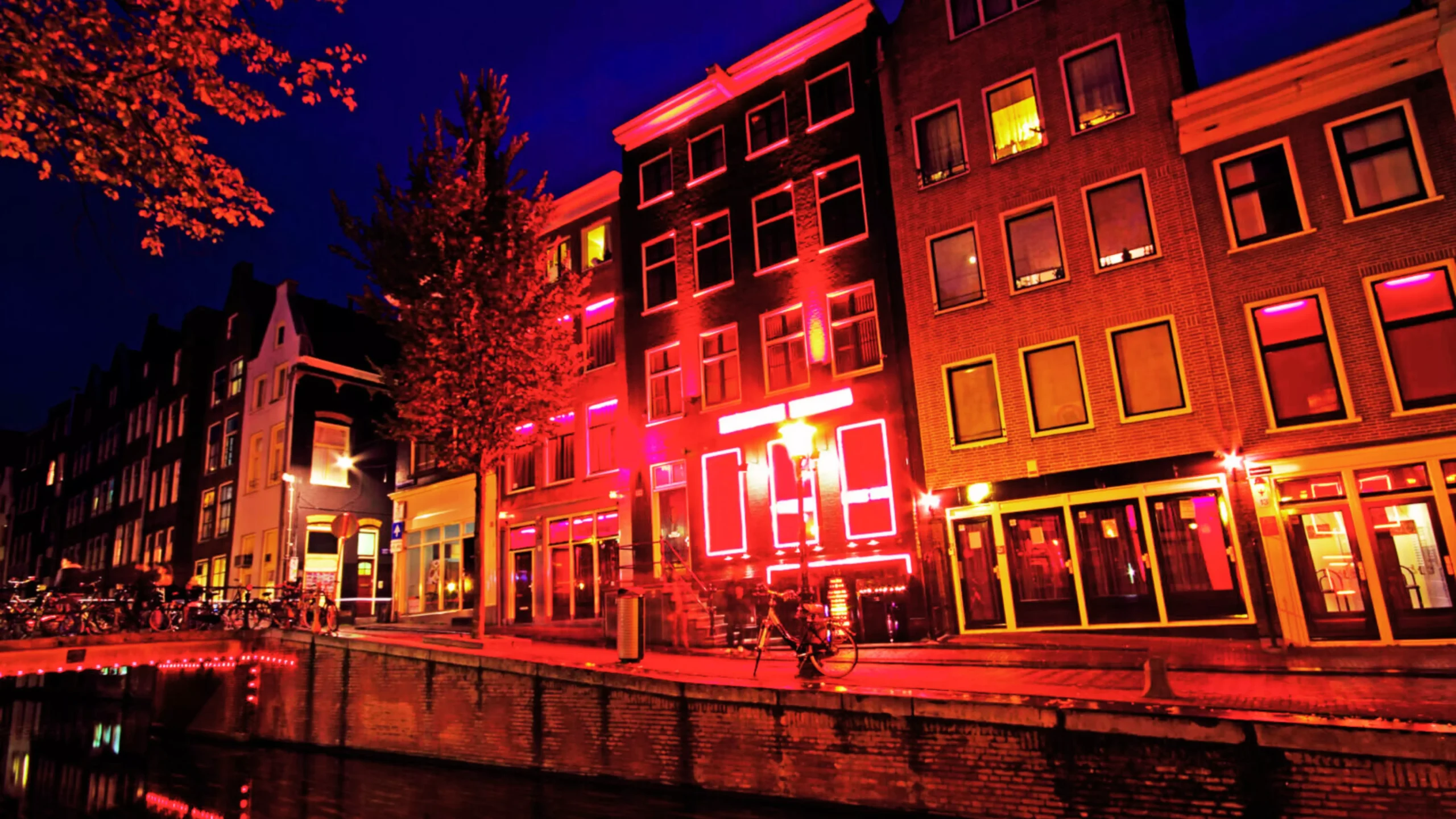Introduction
The evolution of red-light districts across the globe has been nothing short of remarkable. Once shrouded in secrecy and stigma, these areas have undergone a significant transformation, particularly in Dutch society. From being regarded as taboo zones to becoming thriving tourist attractions, the journey of red-light districts reflects broader shifts in societal attitudes towards sexuality, commerce, and regulation.
Historical Context
Red-light districts trace their origins back through centuries of societal norms and cultural practices. Historically, these areas served as hubs for various forms of vice, including prostitution, gambling, and illicit trade. However, societal attitudes towards sex work have been deeply entrenched in moral, religious, and legal frameworks, often leading to marginalization and exploitation of those involved.
The Netherlands: Pioneering Change
In the Netherlands, a pioneering approach towards sex work has been adopted, marked by the legalization and regulation of prostitution. This groundbreaking policy shift aimed to prioritize the safety and well-being of sex workers while also addressing public health concerns and combating human trafficking. By legitimizing the industry, the Dutch government sought to empower individuals engaged in sex work and provide them with legal protections.
Amsterdam’s Red-Light District: A Case Study
Amsterdam’s red-light district stands as a prominent example of the intersection between tourism and sex work. Characterized by its intricate network of narrow streets and illuminated windows, the district attracts millions of visitors each year, drawn by the allure of its infamous reputation. However, behind the facade of tourist attractions lies the stark reality of the lives of sex workers, navigating a complex landscape of regulation, exploitation, and economic necessity.
Economic Impact
The commercialization of red-light districts has brought about significant economic benefits to local communities and the broader economy. Through the generation of revenue from tourism, as well as job creation within the sex industry, these areas have become integral components of the urban landscape. However, the economic prosperity associated with red-light districts often comes at a cost, with debates arising over the commodification of intimacy and the perpetuation of harmful stereotypes.
Social Dynamics
The transformation of red-light districts has sparked nuanced discussions around societal perceptions of sex work and its impact on individuals and communities. While stigma and discrimination persist, there has been a growing recognition of the agency and autonomy of sex workers, challenging traditional narratives of victimhood. Empowerment initiatives and advocacy efforts seek to amplify the voices of those marginalized by societal norms, promoting inclusivity and acceptance.
Government Policies
The Dutch approach to regulating red-light districts reflects a delicate balance between promoting individual freedoms and safeguarding public interests. Government policies have evolved to address issues of safety, health, and human rights, with ongoing debates shaping legislative frameworks and enforcement strategies. Public perception plays a pivotal role in shaping policy decisions, as policymakers grapple with the complexities of morality, ethics, and social justice.
Cultural Significance
Red-light districts have become embedded within the cultural fabric of Dutch society, serving as both symbols of liberation and sites of controversy. Artistic representations in literature, film, and visual arts offer diverse perspectives on the complexities of sex work and its intersections with identity, gender, and power dynamics. The cultural significance of red-light districts extends beyond mere voyeurism, prompting critical reflection on societal values and norms.
Ethical Considerations
The ethical dimensions of red-light districts are multifaceted, encompassing issues of human rights, exploitation, and social justice. Despite efforts to regulate the industry, challenges persist in ensuring the safety and well-being of sex workers, particularly those from marginalized communities. Intersectional approaches that recognize the intersecting forms of oppression faced by individuals engaged in sex work are essential in fostering a more equitable and inclusive society.
Tourism Trends
The phenomenon of dark tourism, characterized by visits to sites associated with death, suffering, and marginalized communities, has contributed to the allure of red-light districts as tourist destinations. However, ethical considerations surrounding voyeurism, consent, and cultural sensitivity have prompted discussions around responsible tourism practices. Sustainable tourism initiatives aim to strike a balance between cultural exploration and ethical engagement, fostering meaningful interactions and mutual respect.
Challenges and Controversies
Despite the transformation of red-light districts, challenges and controversies persist, reflecting deeper societal tensions and structural inequalities. Issues such as crime, safety concerns, and gentrification have emerged as pressing issues, highlighting the complexities of urban development and community cohesion. Debates around the regulation of sex work continue to provoke passionate discourse, with divergent perspectives shaping public policy and social attitudes.
Global Influence
The evolution of red-light districts in Dutch society has reverberated across the globe, inspiring similar initiatives and policy reforms in other countries. However, the replication of the Dutch model is not without its challenges, as cultural, legal, and socio-economic contexts vary significantly. Lessons learned from the Dutch experience offer valuable insights into the complexities of regulating sex work and balancing competing interests.
Community Perspectives
Community perspectives on red-light districts are diverse and multifaceted, reflecting the complex interplay of personal experiences, cultural norms, and social identities. Local activism and grassroots movements play a crucial role in challenging stigma, advocating for the rights of sex workers, and fostering dialogue around issues of sexuality and consent. Diverse voices within Dutch society contribute to a more nuanced understanding of red-light districts, moving beyond simplistic narratives to embrace complexity and diversity.
Future Outlook
The future of red-light districts is marked by uncertainty and possibility, as societal attitudes continue to evolve and intersect with broader socio-economic trends. Sustainability and adaptation will be key considerations in shaping the urban landscape, with efforts to mitigate the negative impacts of gentrification and displacement. Shifting attitudes towards sex work, informed by empathy, respect, and human rights, offer hope for a more inclusive and equitable society.
Conclusion
The transformation of red-light districts in Dutch society is emblematic of the dynamic interplay between tradition and change, morality and pragmatism, stigma and acceptance. From their origins as clandestine zones of vice to their current status as bustling tourist attractions, these districts have undergone a profound metamorphosis, reflecting broader shifts in societal norms and values.
As we reflect on the journey from taboo to tourism, it becomes evident that the narrative surrounding red-light districts is far from monolithic. It encompasses a rich tapestry of experiences, perspectives, and debates, each contributing to a more nuanced understanding of human sexuality, commerce, and community.
Looking ahead, the ongoing dialogue on red-light districts will undoubtedly continue to shape public discourse, policy decisions, and social attitudes. It is imperative that we approach these discussions with empathy, humility, and a commitment to justice, recognizing the inherent dignity and agency of all individuals involved.
In the ever-changing landscape of Dutch society and beyond, red-light districts serve as potent symbols of resilience, adaptation, and the enduring quest for freedom and belonging. As we navigate the complexities of the human experience, may we strive to build a world that is inclusive, compassionate, and affirming of diverse forms of expression and identity.
FAQs:
Are red-light districts legal in the Netherlands?
Yes, the Netherlands has legalized prostitution, and red-light districts operate under government-regulated frameworks aimed at ensuring the safety and rights of sex workers.
Do all sex workers in red-light districts choose their profession willingly?
While some individuals enter sex work voluntarily, others may be coerced or exploited. Efforts to combat human trafficking and protect vulnerable individuals remain ongoing challenges.
What measures are in place to ensure the safety of sex workers in red-light districts?
Red-light districts in the Netherlands are subject to various regulations aimed at promoting the health and safety of sex workers, including regular health screenings, access to support services, and legal protections.
How do red-light districts impact surrounding communities?
The presence of red-light districts can have complex socio-economic impacts on surrounding communities, including changes in property values, tourism influx, and debates over urban development and gentrification.
What role does tourism play in the transformation of red-light districts?
Tourism contributes significantly to the visibility and commercialization of red-light districts, but it also raises ethical considerations regarding voyeurism, cultural sensitivity, and responsible travel practices.



